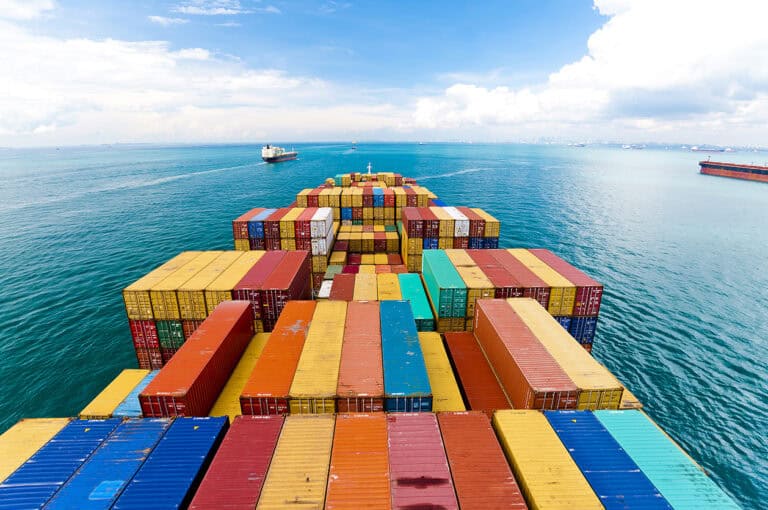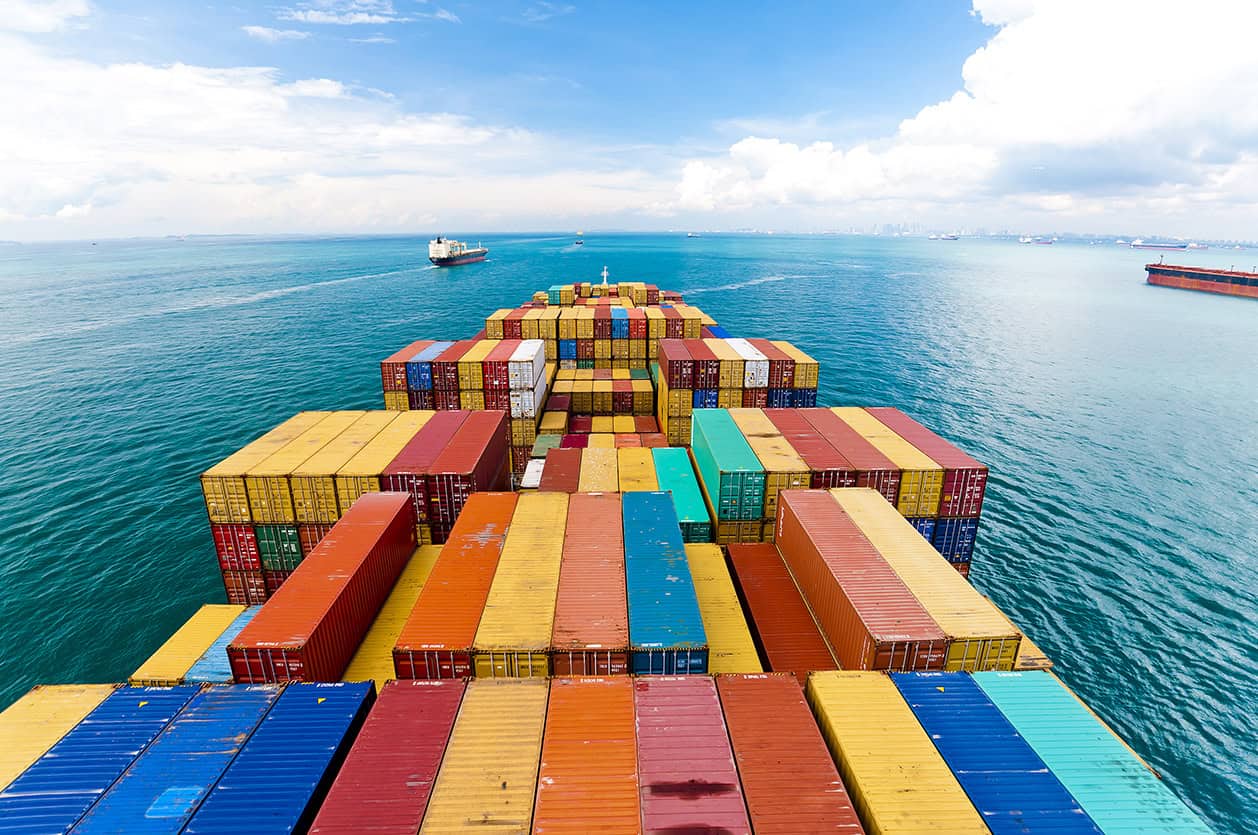
With all the excitement around AI these days, there is no shortage of opinions on what this will mean to us, both personally and to society as a whole. In one corner are tech fans who see AI as the cure-all to solve all our problems. In the other corner are the doomers who fear AI as a one-way ticket to end the human race, either self-inflicted or by the hands of machine overlords. While both make good headlines, it’s likely to play out somewhere in the middle, varying by industry and skills involved.
AI in supply chain will have a definite impact, reshaping decades-old practices on how to make, move, and sell goods around the world. It’s easy to forget that many supply chain practices were established back in the 1970s, before personal computers, the internet, or mobile phones. Indeed, AI will bring profound change but won’t necessarily come with the sensational headlines we see daily in the news.
Why all the AI hype this time?
In a discussion with an analyst friend the other day, the question arose about why AI — in particular, generative AI — has captured the world’s imagination so quickly and completely. We concluded it results from four factors: power, exposure, infatuation, and blind faith.
- The raw power of AI to change financial valuations is intoxicating to investors, and everyone wants a piece of the action. Just look at Nvidia’s or OpenAI’s meteoric rise in valuation over the past 12 months. The lure is so strong that it borders on the irrational. It reminds me of the late 1990s when simply adding dot com to a company name could lead to a lift in valuation.
- Almost overnight, Gen AI became part of our lives. Widescale exposure through ChatGPT, with over 100 million downloads in six months, broke all the records and tipped the scales. While people had used traditional AI technology for years without knowing it, Gen AI through ChatGPT was now personal and tangible.
- The media’s infatuation with AI is addictive. The constant drumbeat of coverage aimed at amplifying hopes and fears about AI keeps people hooked – and reliably delivers a steady stream of impressions for ad revenue.
- Silicon Valley has a tendency to put its faith in technology as a change agent that can do no wrong. While there are signs that the blind faith in technology is starting to erode, Silicon Valley inertia is a juggernaut with a life of its own.
Regardless of which corner you’re in, there is a general consensus that AI will be a major change agent and will likely alter the trajectory of many industries. What’s less clear is how this will play out. My take is that it will be different than most people expect and will be felt differently across industries or roles.
The future of AI in supply chain management
So, what will the future of AI in supply chain look like? Let’s start with what it won’t look like.
It will differ from the immediate uses that sprung up soon after ChatGPT and DALL.E hit the scene. The ability of generative AI to instantly compose new works derived from existing content with the tap of a few keystrokes changed the landscape almost overnight, causing glee and dismay at the same time. University papers now take minutes to “write” with little thought or knowledge required by the student. AI-generated images are winning art contests and sparking copyright controversies. The same goes for music and entertainment, with concerns about rights infringement, royalty disputes, and writers’ livelihoods. And more recently, the specter of deepfakes looms in the background.
It will be different than low-hanging business use cases boosting productivity and threatening white-collar jobs like software coding, marketing content, and campaign generation, or customer service agents replaced by AI chatbots. It will also differ from more advanced business applications that require an even greater level of expertise and finesse, such as personalized sales content and proposals, paralegal analysis of all historical court precedents in minutes, or risk analysis for insurance underwriting.
Instead, AI in supply chain will look like better decisions to delight customers. It will be about automating tedious work you had to do but which provided little value, and about doing interesting things you always wanted to do but were either too complex, time-intensive, or resource-intensive. It will be the stepping stone to usher in a new era of connected, autonomous supply chains.
Change in mindset
With all the excitement around generative AI, it’s easy to fall into the trap of a new shiny technology in search of a problem. We’ve seen this before with other darling technologies, which invariably leads to false starts and underwhelming outcomes. If the goal of AI in the supply chain is to delight customers, this is a recipe for failure. The antidote to this is subtle but profound. Flip the mindset around. Start with the problem and apply the right combination of technologies to solve it.
Choose the right tool for the job
For many supply chain problems, traditional AI methods—namely supervised, unsupervised, and reinforcement learning—might be a better choice than generative AI. However, problems often require a combination of these technologies because the four AI methods each do different things, but all have a role to play in solving supply chain challenges.
- Supervised AI detects patterns in disparate data sources, which makes it the tool of choice for analyzing multiple streams of real-time data to predict what customers are most likely to order.
- Unsupervised AI finds shared characteristics between seemingly random datasets for intelligent clustering, which makes it the go-to for grouping similar items for activities like determining how much safety stock to carry.
- Reinforcement AI performs trial-and-error exploration to learn what actions lead to the best outcomes before they occur, making it ideal for running millions of simulations in probabilistic planning.
- Finally, there is the newcomer, generative AI, with large language models enabling conversational interfaces for a more dynamic user experience and, perhaps more importantly, to convert masses of unstructured data for use by traditional AI. For example, a combination of generative and supervised AI can be used to automatically classify freight for international shipping in a fraction of the time it takes manually.
Just as you wouldn’t use a wrench to hammer in a nail, it’s no different for AI in supply chain. There are four distinct AI methods in your toolkit, and choosing the right tool for the job is important. Why? Because it takes all of these methods to solve today’s challenging supply chain problems and consistently delight customers.
Don’t forget about data and actions
Two other prerequisites are access to the right data and the ability to act on AI decisions. We all know AI requires data and lots of it. Data is the currency of AI, and even the best AI is useless without the right data. In terms of supply chain decisions, the most meaningful data is from across the extended value chain.
Once AI makes decisions, it’s essential to have a way to put them into action, because decisions without a way to act are just wishes. This means having a structured way to collaborate with and orchestrate processes across sub-tier partners. A connected supply chain network greatly simplifies both of these —more on this in another byline.
Take your business to the next level
Why does all of this matter? AI plays a pivotal role in making connected and increasingly autonomous decisions that are informed by what’s happening across every part of your supply chain. Complex and fast decisions that go beyond what people can do on their own and consistently lead to better business outcomes, especially in times of uncertain demand, supply and logistics disruption, and a fluid regulatory landscape. Decisions that help you to win no matter what comes your way.
Unlike certain sectors, AI won’t be coming for our jobs in supply chain. Instead, it will uplevel jobs and create better careers, letting us do cool things we always dreamed about but were out of reach – and in turn, better delight our customers.
To continue this discussion, please join us at our Connect Europe event in Amsterdam on April 22-24. Hope to see you there.

Author
John Lash
John Lash heads up Product Strategy at e2open, creating the long-term vision for a next-generation connected supply chain to help the world’s largest companies serve more people more efficiently with fewer resources. Previously, he led Product Marketing, including analyst relations, competitive intelligence, and ESG-related product initiatives. Prior to e2open, John held leadership positions in environmental sustainability, high-tech, and data communications industries, with more than 30 years of experience in business development, strategy, sales, marketing, and mergers and acquisitions.







